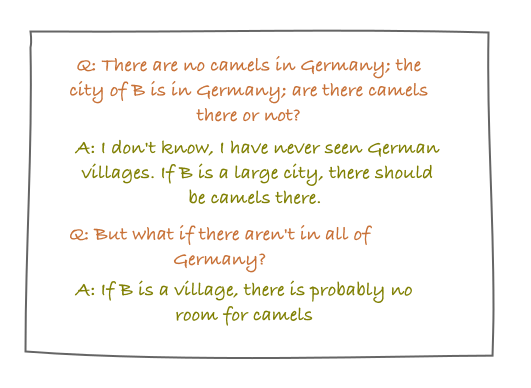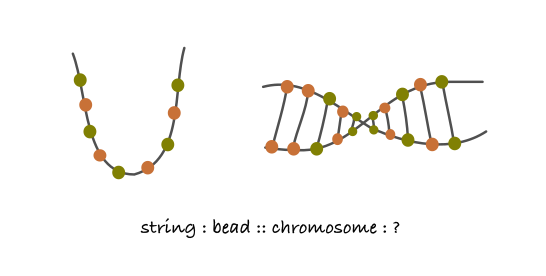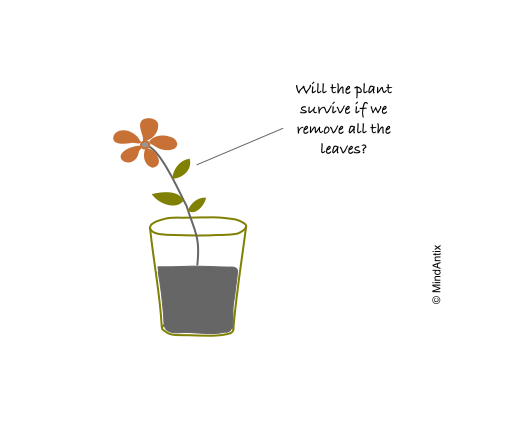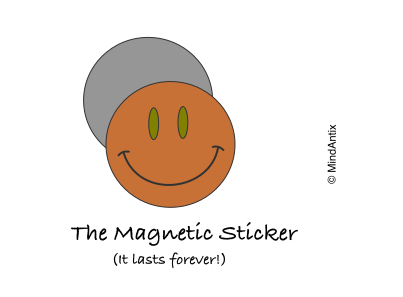Back in the early 1980s, a researcher named James Flynn was studying old IQ tests when he noticed something strange. Between 1932 and 1978, IQ scores had shot up by almost 14 points! This became known as the “Flynn Effect,” and researchers kept seeing IQ scores rise by about 3 points every ten years. But then, in the early 2000s, things took a turn. Studies in a few Scandinavian countries found that IQ scores were actually dropping. And get this – a recent US study confirmed the trend, with the biggest decline in young adults aged 18-22.
This drop in critical thinking skills is like what happened to creative thinking scores over a decade ago. Professor Kyung Hee Kim discovered that student creativity, as measured by the Torrance Test of Creative Thinking (TTCT), has been tanking since the 1990s. Her analysis even led to a super popular Newsweek article called The Creativity Crisis. She found that important aspects of creativity, like coming up with original ideas and being able to brainstorm lots of ideas, have seriously declined over the years. And the decline has gotten even worse in the last ten years.
So, what’s changed that’s causing this decline in higher-order thinking skills? It’s not a huge leap to think that the rise of technology over the past couple of decades might have something to do with it. Both studies suggest that certain aspects of technology can actually hinder the development of creative and critical thinking skills.
With AI rapidly gaining adoption — over 45% of students in high school already use AI to help with their assignments — what are the possible implications on cognitive development of children.
How We Learn
To understand how thinking is essential for learning, let’s take a closer look at what happens in our brains when we encounter new information. Learning can be seen as a three-step process. First, our brain encodes new information and stores it in our working memory. It’s like translating a high-resolution image of an apple into a simpler icon or symbol. Next, this information might need to be moved to our long-term memory. Imagine you see a purple apple for the first time. Your brain needs to pull up your existing mental image of an apple, update it, and then store it back. This shows that working memory isn’t just storage – it’s more like a mini-computer with multiple functions. The latest model of working memory includes three specialized memory subunits and an executive controller that manages attention and communication with other parts of our brain.
One memory subunit is the visuo-spatial sketchpad, which lets you hold and modify visual concepts. For example, try picturing a red apple, then change its color to green and add some leaves to the stem. If you could do this, it all happened in your visuo-spatial sketchpad. Another subunit, the phonological loop, processes auditory information. It has a small temporary memory that needs constant refreshing. When someone tells you their phone number and you repeat it to remember it, you’re using the phonological loop. Working memory is where the magic of creativity and learning happens. It creates specialized models to speed up future processing. By comparing, contrasting, and finding connections, our working memory helps us understand the world better. It’s also where new ideas are born.
The challenge is that deep thinking takes time. Learning something new or creating something original means changing your internal mental models, and that requires serious brainpower.
Biological Bandwidth of Learning
The late MIT professor, Patrick Winston, was renowned for his lectures, especially his super popular annual talk, “How to Speak.” One of his top tips? Ditch the slides and use the board. Slides are good for exposing people to a topic, but the board is better for informing them. Why? Because writing on the board forces you to slow down, giving your audience more time to process what you’re saying. As Winston puts it, “The speed with which you write on the blackboard is approximately the speed at which people can absorb ideas.”
This simple trick perfectly illustrates the concept of “biological bandwidth” when it comes to learning. Your brain needs time to absorb and store new information—kind of like how long it takes to physically write stuff down.
So, what happens when we try to cram too much information into our brains too quickly? Our working memory doesn’t have time to process everything properly. Instead of analyzing, comparing, and updating our mental models, it takes shortcuts, relying on things like stereotypes or gut feelings. This leads to quick decisions, but they’re often wrong because they’re not based on solid reasoning.
How AI Can Make Thinking Skills Worse
The problems with AI are similar to the problems of relying on too much tech, but way worse. It all boils down to “cognitive offloading,” which is when we let AI or other tech do the thinking for us. If we keep this up, our own critical and creative thinking skills will get rusty, and could even disappear for good. It’s not hard to imagine how bad that would be for society.
Students are hit even harder. During the teen years, our brains are growing and rewiring big time, especially in the prefrontal cortex. If we don’t use certain abilities, our brains just prune those connections away. So, if you’re not flexing those creative and critical thinking muscles, you might not be able to think as deeply as an adult.
Lots of schools and students are already using AI, and while it can be helpful in many scenarios, there are also some traps that are easy to fall into.
The Effort Trap
It’s obvious that using AI to write an essay without putting in any effort is bad for learning. But there are also sneakier ways that AI can trick us into thinking less. This is the effort trap: when you think you’re being critical and analyzing AI’s output, but you’re actually using less brainpower, or even thinking in a totally different way.
Here’s an example that can mess with your creativity in the long run. People often use AI to generate ideas, which they then refine. But if they had taken the time to think for themselves first, they might have come up with totally different ideas. Coming up with that initial spark is an important skill in itself, especially in ambiguous situations. By relying on AI, we’re short-circuiting our own creativity.
The Competence Trap
The competence trap is when you think you’re a pro at something, but you’re really just leaning on AI as a crutch. This can trip up both students and teachers. Teachers might think their students are killing it based on the AI-polished work they see, and move on to harder stuff before the students are actually ready.
The Capacity Trap
When information is super easy to get, it’s tempting to consume way more than our brains can handle. We’ve all been in lectures where we thought we understood everything, but then got totally lost when it was time to do the work. This is the capacity trap: it’s easy to keep chugging along without stopping to reflect, but that can lead to a big crash later on.
Making AI Work For You
AI can definitely help us be more productive and learn new things. For example, getting instant feedback from AI is very impactful because you can make changes while everything is still fresh in your mind. Waiting a week for feedback on an essay isn’t as effective because you have to switch gears and get back into that mindset. Also, teachers can use AI to personalize lessons for each student, which helps them stay engaged and understand the material better.
So, how can we use AI in a way that actually helps our thinking skills instead of hurting them?
The key is to be mindful of how much thinking you’re doing yourself and how much you’re leaving to AI. A good rule of thumb is to avoid using AI as a crutch right from the start. Instead, think about the problem first and try to come up with a solution on your own. Then, you can use AI to help you improve your work or get unstuck if you need to.





